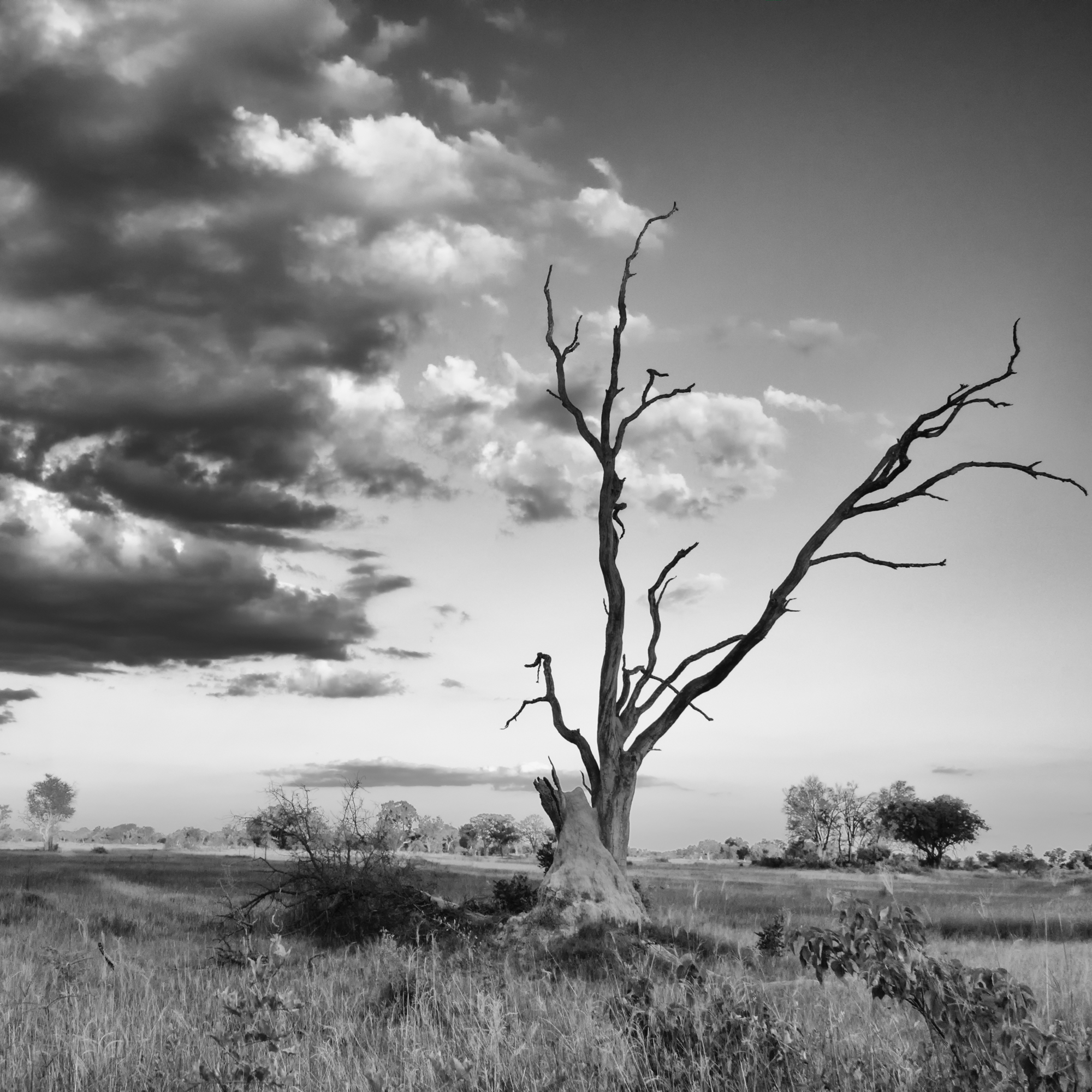





Showcasing the beauty of Mother Nature








I think elephants look stunning in a black and white interpretation. The amazing texture of their skin gets emphasized in such a wonderful way.



This week, I felt inspired to play around in Topaz Impressions and create some of my artistic impression images. Or as I like to say, what I would paint, if I could paint :).
Next week, I am going to try and work with the new AI Sky Enhancer that Luminar just released.
Wishing everyone a fantastic week ahead!








A trio of leopard images to start the week. I hope you enjoying, and wishing you a fantastic week ahead.



Wishing everyone a wonderful week ahead!







I met a friend for a tea and a visit last week, and as she also feels a connection to elephants, I started telling her about the elephant encounter I had on the last day of my last safari trip. Since I still had a few flagged images from that sighting that I wanted to edit, I thought they’d make a great post for today.
I posted a bit of the story of these elephants before, which you can check out here if you’d like, along with a couple more images.
I hope you enjoy my selection of images, and hope you have a wonderful week ahead.



